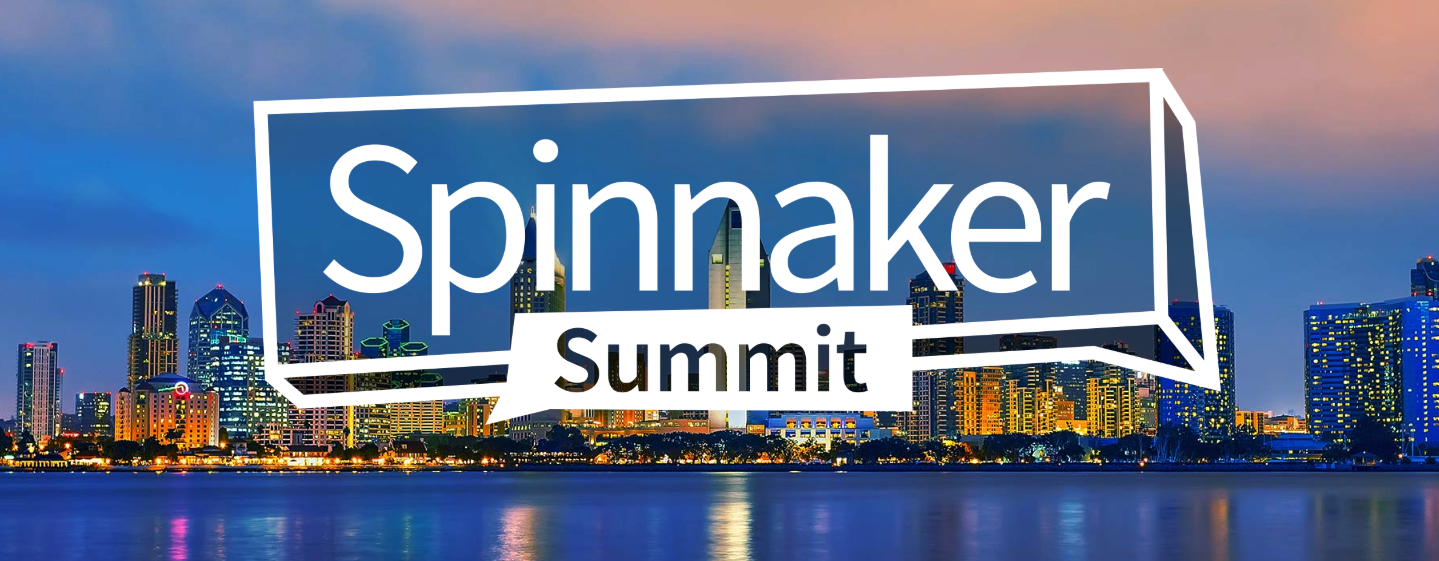Spinnaker Summit 2019 – Some Key Technical Takeaways
It was encouraging to see a buzzing crowd on a Saturday morning all eager to learn and share information about Spinnaker. There were some great keynotes and great sessions on new things in Spinnaker as well as real-life experiences using Spinnaker. There were some sessions that particularly caught my attention that I would like to share.
Dynamic Account Configuration
This is a very important feature for production adoption of Spinnaker. Today any account updates need to be done in the halyard and then it needs to apply it. The causes the Spinnaker to restart and causes operations churn.
This has been addressed by incorporating Spring Cloud Config into clouddriver, echo and igor. The data can be stored in local files, git or vault. And clouddriver also supports automatic refresh of the data – that is, if the data is updated in the store, clouddriver loads them and they are available for use. This is very useful in production environments where the credentials are updated regularly.
The support is not there across all the components, especially the dynamic loading of updates at runtime. That is only supported for Kubernetes and cloud foundry accounts in the clouddriver.
Managed Pipeline Templates v2
This is a concept that will accelerate the adoption of pipeline as code. Pipeline templates are parameterized configuration that can be referenced and inherited by pipeline configurations. What does that mean? Your pipelines are just references to the pipeline template along with the parameter values. And if your template gets updates, the pipelines also gets those updates!
So, what are the advantages of using pipeline templates? It allows to share the best practices of a pipeline, allows easy onboarding of teams to deploy their applications and propagate changes to all the pipelines.
Continuous Verification
The lifecycle of an application does not stop at deployment. So, this concept of continuous verification is very critical in the overall role of Spinnaker in the software delivery process. Today the process is quite manual, slow and error prone. While canary analysis can be done today with Kayenta and sufficient load available but OpsMx demonstrated Autopilot that can analyze both logs and metrics to take the canary analysis to the next level. And the ideas around using multiple health checkpoints, compliance checks, security checks and rollbacks even after full deployment has happened were very interesting topics in managing continuous verification of deployed applications.
In Conclusion
Spinnaker is on track to become the “kubernetes” for continuous delivery. These changes would make it even stronger for wider adoption in the enterprises. And I believe these will lead to a simple, safe and secure Spinnaker as outlined by Gopal, CEO of OpsMx, in his keynote!
